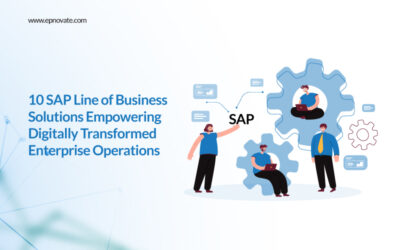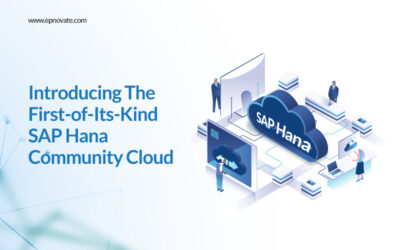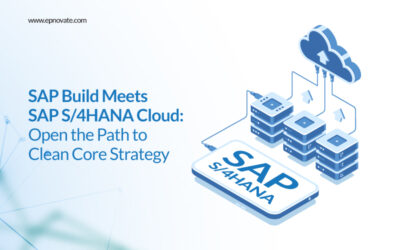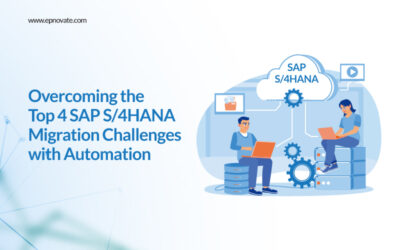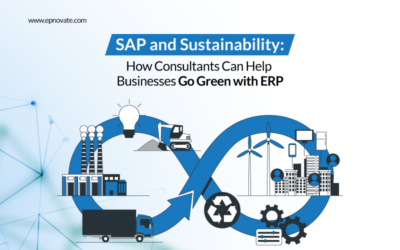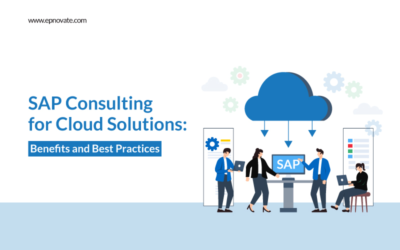How SAP S/4HANA Supports Green Energy & Sustainability Goals
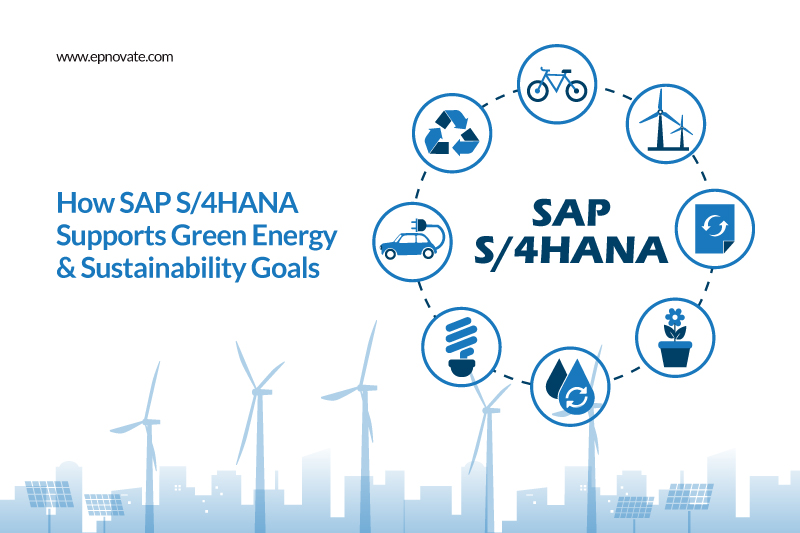
Sustainability and green energy are becoming essential components of modern business strategies.
Companies worldwide are shifting toward net-zero emissions and adopting ESG (Environmental, Social, and Governance) compliance measures to enhance sustainability efforts.
To support these objectives, businesses require advanced digital solutions that provide transparency, efficiency, and real-time insights.
SAP S/4HANA, a next-generation ERP system, is crucial in helping businesses implement sustainable practices while maintaining operational efficiency.
The Growing Need for Sustainability in Business
Businesses are increasingly under pressure to adopt eco-friendly practices.
Research comparing companies with high ESG performance to those with lower ESG performance from 2013 to 2019 found that high ESG performers achieved operating margins 4.7 times higher and faced less volatility.
This highlights the significant advantages of integrating sustainability into core business operations.
Governments and regulatory bodies worldwide enforce stricter environmental laws, requiring companies to track and reduce their carbon footprints.
Businesses that proactively integrate sustainability gain a competitive edge, attract eco-conscious consumers, and ensure long-term growth.
How SAP S/4HANA Empowers Green Energy & Sustainability Goals
SAP S/4HANA provides businesses with integrated tools to embed sustainability into their operations.
The platform enhances transparency, accountability, and optimized resource utilization, making it easier to meet ESG requirements.
Below are key ways SAP S/4HANA supports green energy and sustainability goals:
1. Managing the Sustainability of the Supply Chain
A major challenge businesses face is tracking carbon emissions across their supply chains.
The European Union has implemented regulations requiring companies to account for emissions from their direct suppliers and report sustainability improvements.
SAP S/4HANA’s Product Footprint Management Tool calculates a product’s carbon footprint throughout its lifecycle.
This enables businesses to monitor, track, and report emissions in real-time, ensuring compliance with sustainability goals while simplifying supply chain management.
2. Migration to the Cloud
Many companies still operate on fragmented legacy systems, resulting in inefficiencies and higher energy consumption.
Migrating to SAP S/4HANA’s cloud-based infrastructure improves efficiency and reduces carbon footprints. Studies suggest that cloud migration can lower CO2 emissions by 59 million tons annually—equivalent to removing 22 million cars from the road.
S/4HANA’s cloud-native architecture optimizes computing resources, reducing energy consumption and operational costs while providing businesses with greater scalability and flexibility.
3. Real-Time Data Sharing for Sustainability Decisions
Making environmentally responsible decisions requires accurate data from all business functions.
SAP S/4HANA provides a centralized database with real-time analytics, enabling companies to track sustainability metrics, optimize resource allocation, and reduce waste.
For example, overproduction leads to excess waste and increased emissions. By leveraging real-time data on stock levels and consumer demand, businesses can adjust production accordingly, minimizing waste and maximizing efficiency.
How Businesses Can Leverage SAP S/4HANA for Sustainability Goals
SAP S/4HANA includes powerful tools that help businesses make measurable progress toward sustainability. Below are some key functionalities:
1. Sustainable Procurement
SAP S/4HANA enables businesses to prioritize suppliers who meet sustainability criteria, track supplier compliance, and monitor the environmental impact of procurement activities. This helps create an eco-friendly supply chain that aligns with ESG commitments.
2. Product Lifecycle Management (PLM)
With SAP S/4HANA’s PLM capabilities, businesses can design and manage products with sustainability in mind. The system allows companies to optimize material usage, improve recyclability, and support a circular economy, reducing waste and extending product lifespans.
3. Energy and Emissions Tracking
Companies can measure their energy consumption, emissions, and waste generation using SAP S/4HANA’s built-in monitoring tools. This ensures businesses can set reduction targets, track their progress in real-time, and meet sustainability regulations with ease.
4. Sustainable Finance and Reporting
SAP S/4HANA supports green financing and ESG investment tracking. It enables businesses to generate transparent sustainability reports for stakeholders, demonstrating their commitment to responsible business practices.
Implement Sustainability in Your Organization
To maximize the sustainability benefits of SAP S/4HANA, businesses should:
- Define Clear Sustainability Goals – Establish targets such as reducing emissions, improving energy efficiency, or increasing supplier transparency.
- Leverage Customizable Dashboards – Set up SAP S/4HANA dashboards to track sustainability KPIs in real-time.
- Build a Sustainability-Focused Culture – Train employees and encourage eco-friendly practices throughout the organization.
Achieve Your Sustainability Targets with SAP S/4HANA
As consumers increasingly prefer eco-conscious brands, businesses must communicate their sustainability efforts effectively.
Partnering with an experienced SAP implementation consultant ensures seamless integration of SAP S/4HANA’s sustainability features into your business. Additionally, companies can benefit from SAP HANA consulting to optimize system performance and achieve long-term sustainability goals.
By leveraging SAP S/4HANA, businesses not only contribute to a greener future but also enhance their competitive edge and drive long-term profitability.
Recent Posts
- 10 SAP Line of Business Solutions Empowering Digitally Transformed Enterprise Operations
- Choosing the Right SAP Implementation Partner: What Businesses Need to Know
- How to Future-Proof Your SAP ERP
- SAP Operations Continuity: 5 Priorities You Need to Embrace Today
- Introducing The First-of-Its-Kind SAP HANA Community Cloud
